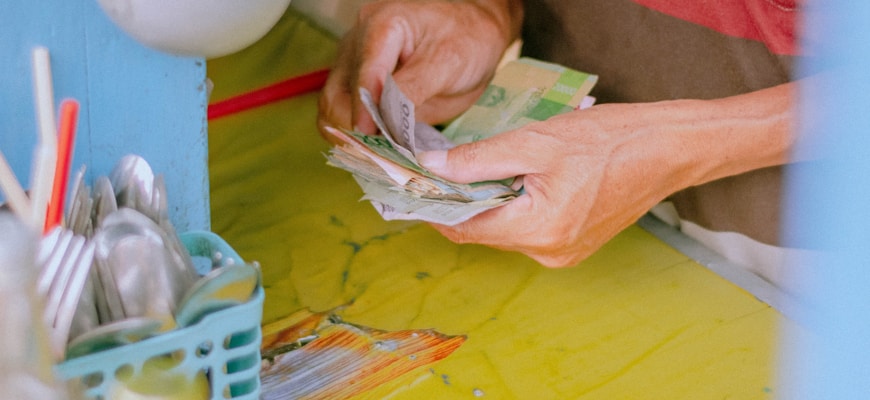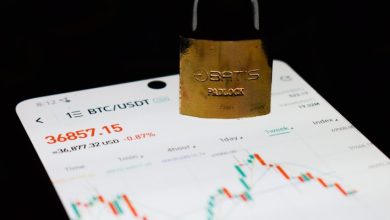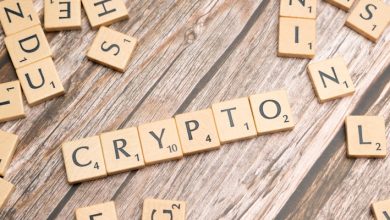The Risks of Investing in Meme Coins: What You Need to Know

- Understanding the hype: What are meme coins?
- Volatility and unpredictability: The dangers of meme coin investments
- Regulatory challenges: Are meme coins safe from government intervention?
- Market manipulation: How meme coins are vulnerable to pump-and-dump schemes
- Lack of intrinsic value: Why meme coins may not hold long-term value
- Protecting your investments: Tips for safely navigating the meme coin market
Understanding the hype: What are meme coins?
Meme coins have been gaining a lot of attention in the cryptocurrency world recently. These coins are a type of digital asset that is inspired by internet memes and often have little to no inherent value. They are typically created as a joke or parody of more serious cryptocurrencies like Bitcoin or Ethereum. Despite their lack of utility, meme coins have become popular among some investors who are drawn to their humorous and irreverent nature.
One of the most well-known meme coins is Dogecoin, which was created in 2013 based on the popular “Doge” meme featuring a Shiba Inu dog. Dogecoin started as a joke but has since gained a large following and even some real-world utility. However, most meme coins do not have the same level of community support or development behind them, making them highly speculative investments.
Investing in meme coins can be extremely risky due to their volatile nature and lack of fundamental value. These coins are often subject to extreme price fluctuations based on social media trends and hype, rather than any real-world factors. While some investors have made significant profits from meme coins, many others have lost money due to sudden price crashes or scams.
It’s important to approach meme coins with caution and only invest money that you can afford to lose. Due diligence is crucial when considering any investment, but especially so with meme coins. Make sure to research the project, team, and community behind the coin before putting your money into it. Remember that investing in meme coins is more akin to gambling than traditional investing, so it’s essential to be prepared for the possibility of losing everything.
Volatility and unpredictability: The dangers of meme coin investments
Investing in meme coins can be risky due to their high level of volatility and unpredictability. These coins are often driven by hype and social media trends, causing their prices to fluctuate rapidly. This can lead to significant gains, but also losses of capital in a short period of time.
Unlike traditional investments, meme coins do not have fundamental value or underlying assets to support their price. Instead, their value is based on speculation and market sentiment. As a result, it can be difficult to predict how these coins will perform in the long run, making them a risky investment.
Furthermore, meme coins are often targeted by market manipulators and pump and dump schemes. These bad actors artificially inflate the price of a coin through misleading information and then sell off their holdings, causing the price to crash. This can result in significant losses for unsuspecting investors.
It is essential for investors to exercise caution when considering investing in meme coins. While the potential for high returns may be tempting, it is important to remember the risks involved. Conduct thorough research, diversify your portfolio, and only invest what you can afford to lose to protect yourself from the dangers of meme coin investments.
Regulatory challenges: Are meme coins safe from government intervention?
When considering the risks of investing in meme coins, it is crucial to also take into account the regulatory challenges that these digital assets may face. Governments around the world are increasingly concerned about the potential risks that meme coins pose to investors and the financial system as a whole. As a result, there is a growing possibility of government intervention in the meme coin market.
Regulatory bodies are becoming more vigilant in monitoring meme coins to ensure compliance with existing laws and regulations. This heightened scrutiny could lead to stricter regulations being imposed on meme coins, potentially limiting their appeal to investors. Additionally, government intervention could also result in increased scrutiny of meme coin exchanges and trading platforms, making it more difficult for investors to buy and sell these assets.
While meme coins have gained popularity due to their meme-based branding and viral nature, they are not immune to regulatory challenges. Investors should be aware of the potential risks involved in investing in meme coins, including the possibility of government intervention. It is important to stay informed about regulatory developments in the meme coin market and to carefully consider the risks before investing in these assets.
Market manipulation: How meme coins are vulnerable to pump-and-dump schemes
Market manipulation can be a significant risk when it comes to investing in meme coins. These coins are often vulnerable to pump-and-dump schemes, where the price of a coin is artificially inflated through misleading information or hype, only to be sold off quickly at a profit, leaving unsuspecting investors with significant losses.
One of the main reasons why meme coins are particularly susceptible to these schemes is their low market capitalization and liquidity. This means that it is easier for a small group of individuals to manipulate the price of the coin by buying up a large amount of it, creating artificial demand and driving up the price. Once the price has reached a certain level, they can then sell off their holdings, causing the price to plummet and leaving other investors holding the bag.
Investors should be wary of any coin that experiences sudden and unexplained price surges, especially if these surges are accompanied by heavy promotion on social media or online forums. It’s essential to do thorough research before investing in any meme coin and to be cautious of any investment opportunities that seem too good to be true.
Lack of intrinsic value: Why meme coins may not hold long-term value
Meme coins, such as Dogecoin and Shiba Inu, have gained popularity in recent years due to their viral nature and potential for quick gains. However, one of the biggest risks associated with investing in meme coins is their lack of intrinsic value. Unlike traditional cryptocurrencies like Bitcoin or Ethereum, meme coins often have no real-world utility or purpose.
Because meme coins are typically created as a joke or parody, they lack the technical development, community support, and market demand that give other cryptocurrencies lasting value. This means that meme coins may not hold long-term value and could be prone to sharp price fluctuations and volatility.
Investors should be cautious when considering meme coins as part of their portfolio, as the lack of intrinsic value could make them a risky investment. It’s essential to thoroughly research any meme coin before investing and to consider the potential consequences of investing in a speculative asset with no real-world use case.
Protecting your investments: Tips for safely navigating the meme coin market
Investing in meme coins can be a risky venture due to their volatile nature and lack of regulation. To protect your investments in this market, it’s essential to follow some key tips to navigate safely. Here are some strategies to consider:
- Do thorough research before investing in any meme coin. Look into the project’s whitepaper, team members, and overall credibility to gauge its potential for success.
- Only invest what you can afford to lose. Meme coins are highly speculative assets, and there is a risk of losing your entire investment.
- Diversify your portfolio to spread out risk. Don’t put all your money into one meme coin, as this could lead to significant losses if the coin’s value plummets.
- Stay updated on market trends and news related to meme coins. Being informed about developments in the industry can help you make better investment decisions.
- Set clear investment goals and stick to your strategy. Avoid making impulsive decisions based on hype or FOMO (fear of missing out).
By following these tips, you can better protect your investments in the meme coin market and reduce the risk of suffering significant losses. Remember that while meme coins can offer high rewards, they also come with high levels of risk. Proceed with caution and always prioritize the safety of your investments.



